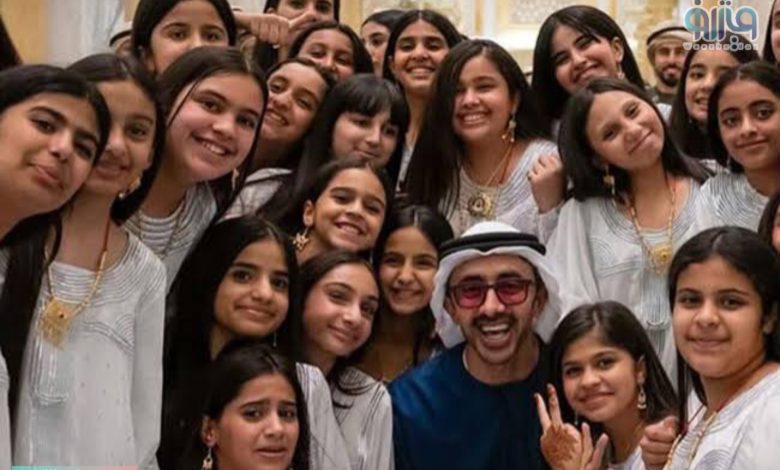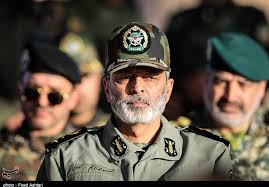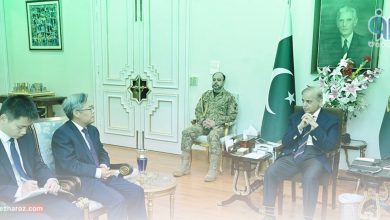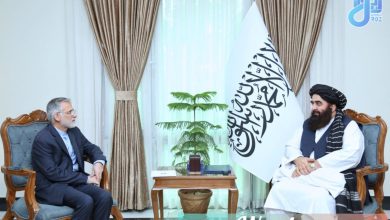Traditional Emirati Hair Dance Performed to Welcome Donald Trump
Abu Dhabi-During the official welcoming ceremony for former U.S. President Donald Trump in the capital of the United Arab Emirates, a group of young Emirati girls performed the traditional women’s “hair dance”, a vibrant cultural expression that captivated attendees, including UAE Foreign Minister Sheikh Abdullah bin Zayed Al Nahyan and his delegation.

Weezharoz-UAE Minister of Education, Sarah Al Amiri, shared a photo of the young performers alongside the foreign minister on social media, captioning it: “Sheikh Abdullah bin Zayed with the future leaders.”
The Hair Dance: A Symbol of Grace and Heritage Known as “hair tossing dance”, this traditional performance is deeply rooted in Emirati Bedouin culture and is often integrated with the more widely known Al-Ayyala, a men’s folk dance.
In this expressive form, girls dressed in traditional jalabiya garments stand in a line or semicircle and gracefully whip their long, loose hair in rhythmic, circular movements synchronized to traditional drums and folk chants.
These fluid motions represent not just beauty and joy, but also pride, femininity, and cultural identity.
Cultural Significance and Social Role
The hair dance is typically performed during national holidays, weddings, and festivals, and serves as a vibrant counterpart to male-led traditional dances.
It reflects the active and complementary role of women in preserving and presenting the UAE’s rich intangible heritage.
Symbolic Gesture in a Diplomatic Setting Presenting this dance in the context of an official diplomatic event not only showcased Emirati traditions to the international stage but also conveyed a symbolic message about the role of women in cultural diplomacy.
The performance highlighted Emirati soft power, blending tradition with modern statecraft, and underlined the government’s continued efforts to empower youth and preserve its cultural legacy.
This cultural presentation during Trump’s visit was a deliberate and elegant demonstration of the UAE’s identity, bridging its heritage and global engagement.
It underscored how traditional arts remain a living part of national pride, especially when shared with the world through such ceremonial moments.
Weezharoz




